Reading time: 19 minutes
Dental photography is a hot topic right now. Facebook, Instagram, and other social media platforms, as well as dental journals and publications focused on esthetic and cosmetic dentistry, are flooded with artistic photographs where the teeth and restorations take on the role of a fashion model in a magazine spread. These photographs show dentistry as art at the highest level. But if you think this is all dental photography is and can be used for, you are mistaken. And if you think you can ignore the dental photography revolution—that it doesn’t apply to you and that it can’t improve the level of care you provide for your patients—then you are also mistaken. According to Miguel A. Ortiz, DMD, author of a new book called LIT: The Simple Protocol for Dental Photography in the Age of Social Media, dental photography provides valuable benefits to clinicians and patients alike, and more clinicians need to engage with this technology in order to elevate the level of care they provide for their patients.
“When we talk about dental photography,” Dr Ortiz says, “the first thing we need to consider is what are we trying to do for our patients. If all you’re trying to do for your patients is restore function to them via your prosthesis, then you may think that you can get away with not delivering something that looks good. But in this day and in this moment, we have the ability to make teeth that look like teeth. So if you give your patient something that functions but doesn’t look good, I think we are below the standard of care.”
“We have the ability to make teeth that look like teeth. So if you give your patient something that functions but doesn’t look good, you are below the standard of care.”
So how does dental photography impact the care that clinicians provide? Dental photography accomplishes a number of valuable goals in clinical practice. Images can be used to document stages of care, monitor the patient’s oral status over time, provide the data needed for esthetic analysis, and more. Dental photography is also one of the most effective tools for communication, whether with the patient, other specialists, or the dental laboratory. But if dental photography can be so beneficial at every stage of care—from evaluation to treatment planning, through each stage of execution, and especially during follow-up and maintenance—why do so many clinicians choose not to engage with this technology? Why are the benefits of dental photography so integral to the standard of care clinicians can provide, and how does the profession as a whole improve engagement?
The Importance of Dental Photography: Changing Perceptions
“The first barrier we have to overcome,” Dr Ortiz says, “is that of perception—the perception of what dental photography is meant for. I believe there is a generational aspect of this in which the younger generations are now more interested in topics of dental photography, and many of them for the right reasons as previously discussed. But at the same time, when we also use it for social media, the older generation of clinicians who do not engage with or see the value in social media may form the judgment that the younger clinicians are only doing dental photography for that. They may not see it as a respectable part of the profession. We need to move ahead and beyond that conception that dental photography is optional. It is only optional if you can find a better way to do what dental photography accomplishes.”
Adamo E. Notarantonio, DDS, agrees with Dr Ortiz regarding dental photography as a standard of care. “Dental photography is necessary for dentistry in every aspect,” he states. “It is important for patient communication, for records, for taking photographs of lesions and following up a week or two later to make sure nothing has changed or grown—it’s an essential part of practice. If you aren’t using dental photography, you are definitely practicing below the standard of care, without question.”
Another perception affecting the widespread adoption of dental photography is the idea that dental photography is applicable in high-end esthetic dentistry but not for general practice.
“It’s not wrong to say that the clinicians dealing with higher-end clinical cases should be a little fancier with their dental photography and knowledge,” Dr Ortiz concedes, “but my argument is that as part of the standard of care, there is a minimum that the clinician should do for each patient.”
“If you aren’t using dental photography, you are definitely practicing below the standard of care, without question.”
“Even if you’re not able to operate on the highest level, you should still be making something that looks good,” Dr Notarantonio states. “You can’t tell me that any general practitioner doing a single central incisor who sends a lab prescription that just says ‘Give me a zirconia crown, shade A1’ can’t do better by using dental photography. Without sending a photo to your ceramist, they don’t stand a chance. There’s no possible way other than sheer luck that they will get that crown right. You don’t have to practice at a fellowship level to be able to tell when there’s a monochromatic opaque crown on a tooth, and I think dental photography can help all clinicians practice at a much higher level than they can without it.”
Another barrier lies in the way dental photography is incorporated in the dental school curriculum, if it’s even incorporated at all. “The perception in dental schools right now,” Dr Ortiz explains, “is that it doesn’t need to be a major part of the curriculum. It is not being taken as seriously as the other topics covered by the curriculum. When it is taught, there is no emphasis on having the correct equipment. This kind of treatment introduces students to the perception that dental photography is optional and unimportant. We need to break that mentality because the knowledge is out there—there are no more excuses. You need a good camera just like you need a good drill, and you need to know how to use it. For the last 15 years, many of us have put the knowledge out there. We have read, we have studied, we have developed the protocols. Our colleagues don’t have to guess anymore.”
Simplifying the Concepts of Photography by Teaching More
In order to address this deficit, Dr Ortiz has organized his knowledge into a highly successful and sought-after hands-on dental photography course in an attempt to bring his colleagues up to speed. In a single day, he teaches participants the fundamentals of photography as well as intraoral and extraoral protocols through guided hands-on practice. And now, he has packaged that information plus more into one complete book: LIT: The Simple Protocol for Dental Photography in the Age of Social Media. His Simple Protocol makes the seemingly complicated possible even for true beginners. He expertly distills the high-level technical principles of photography into simplified explanations and instructions, starting with what he refers to as The Big 5: exposure, aperture, shutter speed, depth of field, and white balance.
“The Big 5 refers to the five main concepts that are most important in dental photography,” Dr Ortiz explains. “These 5 concepts will empower you to have complete control over your photographic results. Learn the Big 5 and you will be the boss of Manual Mode. Drop Auto Mode forever. You paint your own picture, not the camera.”
“Drop Auto Mode forever. You paint your own picture, not the camera.”
It’s important to note that, unlike many dental photography resources currently on the market, Dr Ortiz’s Simple Protocol doesn’t
oversimplify photography—where other resources provide inflexible instructions regarding camera settings like ISO and shutter speed for each shot, Dr Ortiz instead provides the guidance and education required to enable the reader to become a responsive photographer. Sure, he provides a recommended range of settings (which beginners will certainly appreciate), but the emphasis of the book is always on preparing the reader to be able to respond to changes in the environment while shooting rather than just teaching specific shots. He stresses that relying on ‘quick guides’ that dictate which camera settings to use for each shot will make you a photographer who cannot respond to and troubleshoot discrepancies between your intended shot and what the camera actually captures. The openness of Dr Ortiz’s protocol therefore sets the reader up for success in all parameters of dental photography—whether clinical or artistic—as well as general photography. But while the emphasis is on the greater concepts of photography and how The Big 5 come into play in the dental arena, Dr Ortiz’s Simple Protocol also provides a streamlined and simplified intraoral protocol that should provide welcome relief to general practitioners who recognize the standard of care benefits that clinical photography can provide but who have struggled to find solutions for how to implement it into their practice.
“The intraoral protocols are the most important part of what we do in dental photography,” Dr Ortiz states. “Undoubtedly, digital photography and the penetration of dentistry into social media have created a wave of artistic dental photography that has inspired the masses. However, we cannot forget that the most important aspect of dental photography continues to be that meant for documentation and peer-to-peer communication. Many people who struggle with intraoral photography tend to think that somehow it is an easy task that they are not good at. Let me tell you something—that is just not true. Intraoral photography is not a simple task. We face many challenges in intraoral photography: confined and dark spaces, less-than-ideal physical surroundings, a moving and sometimes uncooperative subject, and equipment that many do not know how to properly use. My book simplifies the intraoral protocol by showing you how I do it.”
“Dental photography is only optional if you can find a better way to do what dental photography accomplishes.”
The most remarkable part of Dr Ortiz’s intraoral protocol is that all of the intraoral shots are taken with the patient in the supine and semi-supine positions in the exam chair, with the photographer standing over the patient and moving between just two positions. Because the first chapters of his book teach the reader how to respond to changes in the photographic environment, there is no need to move the patient into a dedicated space for photography. Keeping the patient in the exam chair accomplishes several things: From a practical perspective, it saves precious time by implementing intraoral photography seamlessly into the practitioner’s clinical protocol. From a philosophical perspective, it elevates dental photography to a valuable care benefit in the patient’s opinion. It’s also just easier. Dr Ortiz’s entire intraoral protocol can be completed in just 10 minutes.

Dr Ortiz’s Simple Protocol for intraoral photos is done without moving the patient from the exam chair and with minimal repositioning of the photographer. The use of a gray card during the photographic protocol is invaluable for accurate color-correction in post-processing.
Dental photography doesn’t just benefit you in the clinic through case documentation and patient communication. It also plays an important role in communication outside your clinic, such as with other specialists you may refer out to. One area where dental photography can have a hugely positive impact is in communication with the dental laboratory.
Dental Photography for Communication with the Dental Laboratory: A Major Asset
Successful communication between the clinic and the dental laboratory represents a major issue in prosthodontics and esthetic and restorative dentistry. When re-creating the dentition, there are two important aspects the dental technician is concerned with: form and appearance. Information regarding the form is provided via the impression, and information regarding the appearance has traditionally been provided by a shade prescription written by the clinician. But shade represents the bare minimum of the visual information a dental technician needs to re-create natural-looking dentition, and this is where dental photography comes in: Dental photography can provide invaluable insight to the technician regarding the color, chroma, opacity, and general character of the natural dentition. Imagine being asked to paint a lifelike portrait of a person you’ve never met—you would probably be pretty thrilled to receive at least a photo or two rather than just a note reading, “The subject has blonde hair.” But in order to explain how integral dental photography is in exchanging information between the clinic and the laboratory, it’s important to first address the current issues surrounding impression-related communication.
“In this 2017 study,” Dr Ortiz explains, “the authors analyzed 1,157 impressions from a series of dental laboratories. Three prosthodontists independently evaluated each impression for critical errors and found that 86% of impressions had at least one detectable error: 55% were critical errors to the finish line, 49.09% had tissue over the finish line, 25.63% presented with lack of unprepared stops in dual-arch impressions, 25.06% presented with pressure of the tray on the soft tissue, and 24.38% had voids at the finish line.”
Dr Ortiz has a unique connection to this issue. Before he was recruited to the Harvard School of Dental Medicine, he spent 8 years working full-time as a dental technician. Now that he has spent a near-equal amount of time in the clinic as in the lab, he is able to maintain a balanced and objective perspective and approach these problems as someone with experience on both sides.
“Laboratory technicians across the world will agree that they do not think they can call the clinician and tell them that the impressions they are receiving are faulty,” he continues. “They are afraid of losing the business. The laboratory does not have the power or opportunity to express their opinions or suggest better approaches. There is a power imbalance in that relationship that is very well demarcated: It’s a business relationship that the lab is trying to maintain.

Communication tip: Placing a higher chroma tab next to the chosen tab will help your ceramist evaluate chromatic regions better.
“As clinicians, we can correlate this with the relationship we have with our patients. All of us have a small percentage of patients who are hard to work with, and when we see their names on the schedule, we know it’s going to be a difficult morning. And at some point your office may discuss whether you can just stop treating that small group of patients, because your professional quality of life would benefit and improve. But most offices will decide that you don’t stop treating those patients, and the reasons are the same: You don’t want to have that conversation with the patients, you don’t want to lose their business, and you don’t want to make those patients unhappy because they will go back out into your community and talk about what happened. All of these reasons why we avoid or choose not to tell our difficult patients to change their ways or not come back are the same reasons your lab will not tell you the impressions or photographic documentation you send them are not working. We are their difficult patients; we are their difficult customers. But where difficult patients for a clinician may make up 5% of your practice, 60% of the lab’s customers are sending critically faulty impressions. How can you expect the lab to jeopardize that large a portion of their business? They would go under.”
“We are the lab’s difficult patients; we are their difficult customers.”
Impression-taking and dental photography are both valuable parts of communication between the clinic and the laboratory. Impressions are meant to accomplish the main purpose of restorative dentistry: teeth that function like teeth. Dental photography aims to add to this purpose by accomplishing what Dr Ortiz proposes as the modern standard of care: teeth that
look like teeth. But in a profession slow to address the first issue—one that jeopardizes the most basic purpose of restorative dentistry—what’s the prognosis for addressing the second?

Communication tip: Polarization is a photographic method that results in a photograph without lighting glare. The result can be used by the clinician and the ceramist to evaluate chroma as well as characterization aspects such as minor craze lines, white stains, decalcifications, translucency, and opalescence. According to Dr Ortiz, polarized photos should always be included when matching anterior teeth.
“I could take that question two ways,” Dr Ortiz explains. “I could say, well, if we as a profession haven’t been able to deal with the fact that more than 60% of dentists take horrible impressions and then either knowingly or not knowingly still send those faulty impressions to the lab, then I should have no hope that the use of dental photography will improve. On the other hand, when you deliver a restoration that has an open margin, no one sees it. The patient doesn’t know, sometimes even the dentist doesn’t know, and it may not have any immediate repercussions. However, when you can see that the restoration doesn’t look good, the patient knows it and you know it. My theory is that people will care more when something doesn’t look good because the patient’s reaction is immediate. A shade-matching discrepancy will actually touch the pride of the dentist more than an open margin would.”
When a restoration doesn’t meet expectations, how do you determine what went wrong and where? Dr Ortiz advises that it’s best to evaluate your own work first before assigning blame on your laboratory partner.
“If your final result is not acceptable for any reason and you do not know where you made the mistake, it means you do not know your protocol as well as you thought you did.”
“Someone once told me that if your final result is not acceptable for any reason and you do not know where you made the mistake, it means you do not know your protocol as well as you thought you did,” he explains. “If you truly understand your protocol and why you do every single step, even if there are 100 steps between the start of the case and placement of the final restoration, you should be able to pinpoint the places in your protocol where an error might have been introduced because you know the exact steps in your protocol that are meant to prevent that error. So if you have no idea where things went wrong, then you don’t know your own protocol. When something goes wrong—and when it comes to dental photography, we’re mostly talking about a shade-matching issue—the first thing I’m going to do is go back to the information that I sent to the lab and verify that I sent the right images and that I took the right shade. I’m going to verify all of the work on my end before I look to the lab.
Drs Ortiz and Notarantonio both agree that clinicians should visit the lab that they work with and spend a day learning more about the technician’s side of the work. While it would be an insult to the profession of dental technology to imply that anyone—even an experienced prosthodontist—could learn everything about lab work in a single day, what that day will provide is a glimpse of the full scope of knowledge that the clinician doesn’t necessarily have but the technician does. Dr Notarantonio also stresses that once that partnership is established, dental photography can facilitate two-way communication in a way that leads to a level of excellence and efficiency that could not be achieved by any other means.
Through photography, the clinician and the technician can become each other’s eyes.
“Some of the labs I work with will snap photos at different angles once they finish the wax-up and send them to me,” he explains. “And when I say go ahead, they move forward. They’ll send me more photos at each major step throughout the process, so before I even get the finished restoration in the mail I have seen 30 or more photos of it. By the time the restoration arrives, I only have to worry about one thing: Does the color work? I already saw the texture, the shape, the size, and everything else I want on the model, and the technician and I have already validated that what they’ve created matches what I communicated to them in terms of form and character of the teeth. One of my ceramists in particular will send me a straight-on shot, a shot of the incisal edge, 45-degree angles—everything and everywhere that I would examine this restoration in the mouth, they will send me photos of from the lab. Then I can say, ‘You know what, I don’t like that line angle, can we bring this in a little bit, can we round that corner.’ They can make those modifications before they finalize the restoration.”
Through photography, the clinician and the technician can become each other’s eyes. They can share the visual information that each one needs to complete the case both accurately and beautifully. It’s the only effective way to separate the labor—by making sure each party still has access to the information they need to do their end of the work successfully.
Your Camera As a Car: Learning to Drive
LIT: The Simple Protocol for Dental Photography in the Age of Social Media is different from other dental photography books, and those differences are intentional. With an ear to the problems and barriers discussed above, Dr Ortiz has designed, organized, and written his book with the goal of absolute simplicity.
“I could have taken two different paths with this book,” he explains. “One path was to show the very fancy, very high end of how to do photography in the clinic, which would have been easy to do. But it wouldn’t have been realistic or practical for the day-to-day clinic. It wouldn’t have been broadly relevant, and we already see that at congresses all the time, where the speakers present all of this crazy, beautiful, amazing treatment, and you’re left thinking, ‘Okay, that was cool—I can’t do that. That’s not my clinic, that’s not my schedule, that’s not my patient.’ It’s like if you wanted to try being an actor and then watched Meryl Streep movies for a full week. You may come out of it thinking that you can’t be like her, and that’s kind of unfair. I wanted to simplify the intraoral protocol to make it accessible to every clinician but at the same time teach you the fundamentals of photography and show that you can go really fancy with your equipment and your outcomes, but that you don’t necessarily need to. But there is a bar that you need to meet: You need to understand how your camera works, how lighting works, and what exposure is and how to correct over- and underexposure. You need to know at least that. When I show you the inexpensive setup you can buy and how to use it to capture a whole intraoral protocol in 10 minutes, I’m trying to minimize your excuses. I’m trying to break down barriers.”
Another effect of the way Dr Ortiz’s book is written is that it encourages enthusiasm for photography as a whole. Because the book teaches photographic principles first, prior to clinical protocols, the result is a well-rounded and versatile resource that teaches the reader how to use a camera both inside the clinic and outside the clinic. The chapters on portrait and artistic photography can be used professionally, yes, but the concepts learned can also be applied to family vacations and hobbies. It’s photography education with a total work/life balance.
“Once you understand the physical and mechanical aspects behind photography, you can approach each situation with the knowledge of how to adjust the camera’s settings to achieve your goals.”
“I became a photographer because of my kids, not because of teeth,” Dr Ortiz states. “And I hope the book shows that true passion for photography and encourages everyone to go outside with their camera and play with it. Photography is like driving a car. I can tell you what all the buttons are and what they do, but until you get behind the wheel yourself, you won’t know how to drive. So you practice. Reading and hearing someone talk about driving may give you knowledge, but it doesn’t provide the experience of adjusting to different situations. Every photographer must have a strong grasp of the fundamental concepts of photography in order to optimize their work. There is no simple formula of settings that will always work because any slight change in physical space, lighting, angle, or distance can drastically change the photographic outcome. However, once you understand the physical and mechanical aspects behind photography, you can approach each situation with the knowledge of how to adjust the camera’s settings to achieve your goals. You learn the language of lighting and can manipulate it the way great musicians manipulate their instruments to draw out an infinite spectrum of texture, tone, and range. My book teaches you how to gauge what each photographic setting needs with your own eyes, your own hands, and your own experience. What I encourage you to then do is take the concepts you’ve learned and practice. Take your camera outside the clinic and explore. Once you know how to drive, you can take your car anywhere.”
And becoming a better photographer in all situations will also make you a better photographer in your clinical practice, leading to benefits in the care you are able to provide your patients and improving the collaboration between you and other dental professionals. The Simple Protocol is here: All that’s left for you is to pick up the keys and hop in.

 Dr Miguel A. Ortiz began working in the dental industry as a dental technician in 2002. During the next 8 years, he worked full time as a dental technician while he completed his Bachelor of Science with honors from California State University. Dr Ortiz was recruited to Harvard School of Dental Medicine, where he earned his DMD and won the Leo Talkoy Award for excellence in clinical dentistry. He then completed postgraduate training in prosthodontics at the University of Illinois at Chicago.
Dr Miguel A. Ortiz began working in the dental industry as a dental technician in 2002. During the next 8 years, he worked full time as a dental technician while he completed his Bachelor of Science with honors from California State University. Dr Ortiz was recruited to Harvard School of Dental Medicine, where he earned his DMD and won the Leo Talkoy Award for excellence in clinical dentistry. He then completed postgraduate training in prosthodontics at the University of Illinois at Chicago.
As a member of the American College of Prosthodontists and the American Dental Association, Dr Ortiz continues to be a passionate advocate for excellence in prosthodontics, implant dentistry, cosmetic dentistry, and reconstructive dentistry. He maintains a private practice in Boston, Massachusetts, leads several annual conferences, and offers many dental-related courses. His organization, DentLit, is dedicated to highlighting best practices, where the art and science of dentistry intersect and where evidence-based dentistry truly flourishes.
During his time as a student, Dr Ortiz honed his skills as a photographer by taking pictures to highlight his restorative work and share it on social media. His interest in dental photography eventually led to the development of a hands-on 1-day dental photography course, which served as the basis for this book.
When Dr Ortiz isn’t indulging in dental photography, his favorite subjects are his wife and three sons. He loves to play with his boys any time he can and to cheer on his favorite soccer team (Estudiantes de la Plata), even though he is far from his hometown.
If you have questions for Dr Miguel A. Ortiz, you can find his work on Instagram at @dr_miguel_ortiz and at www.dentlit.com.
 LIT: The Simple Protocol for Dental Photography in the Age of Social Media
LIT: The Simple Protocol for Dental Photography in the Age of Social Media
Miguel A. Ortiz
In the age of digital dentistry, dental providers are under increased pressure to demonstrate proficiency in dental photography for the purposes of documentation, shade matching, and laboratory communication. Expertise in this area is fast becoming part of the standard of care and also has added value for clinicians who are looking to market themselves online. This book is geared toward practitioners who want to master dental photography and build their social media presence. Written for visual learners, this book breaks down the fundamentals of dental photography by outlining the key concepts, equipment, and lighting as well as by introducing “The Simple Protocol”—the basic day-to-day intraoral protocol that shows how easily clinical photography can be incorporated into the clinical workflow. That is where most photography books end, but this author also explores advanced techniques and demonstrates how to achieve some of the most characteristic looks in artistic dental photography, including the glossy effect, chiaroscuro, chromaticity, and texture manipulation, as well as a simple setup for taking photographs in the dental laboratory. Finally, the author provides fresh insight into the ever-changing world of digital marketing and explains what you need to know to reach your market on social media.
248 pp; 357 illus; ©2019; ISBN 978-0-86715-802-1 (B8021); $148 Special preorder price! $118
Contents
Fundamentals of Photography • Dental Photography Equipment • Portrait Photography • Intraoral Photography and The Simple Protocol • Artistic Dental Photography • Communication with the Dental Laboratory • Dental Laboratory Photography • Marketing and Social Media
This article was written by Caitlin Davis, Quintessence Publishing.
©2019 BY QUINTESSENCE PUBLISHING CO, INC. PRINTING OF THIS DOCUMENT IS RESTRICTED TO PERSONAL USE ONLY. NO PART MAY BE REPRODUCED OR TRANSMITTED IN ANY FORM WITHOUT WRITTEN PERMISSION FROM THE PUBLISHER.







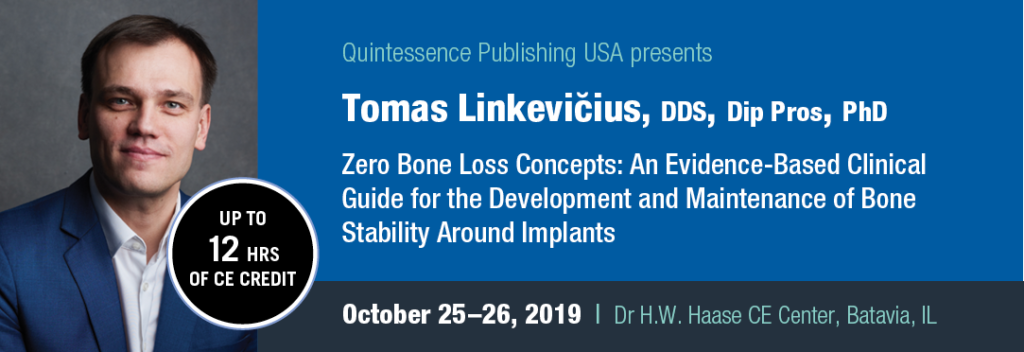

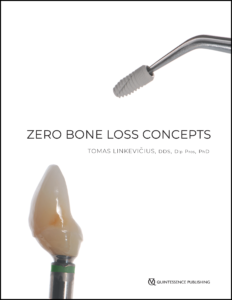
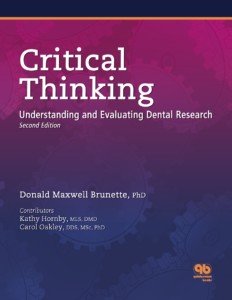

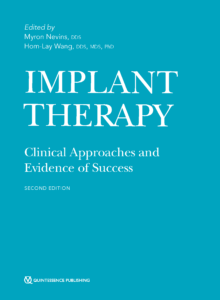
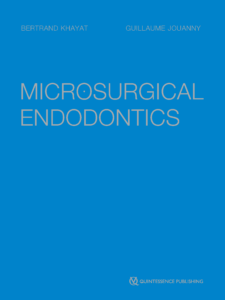

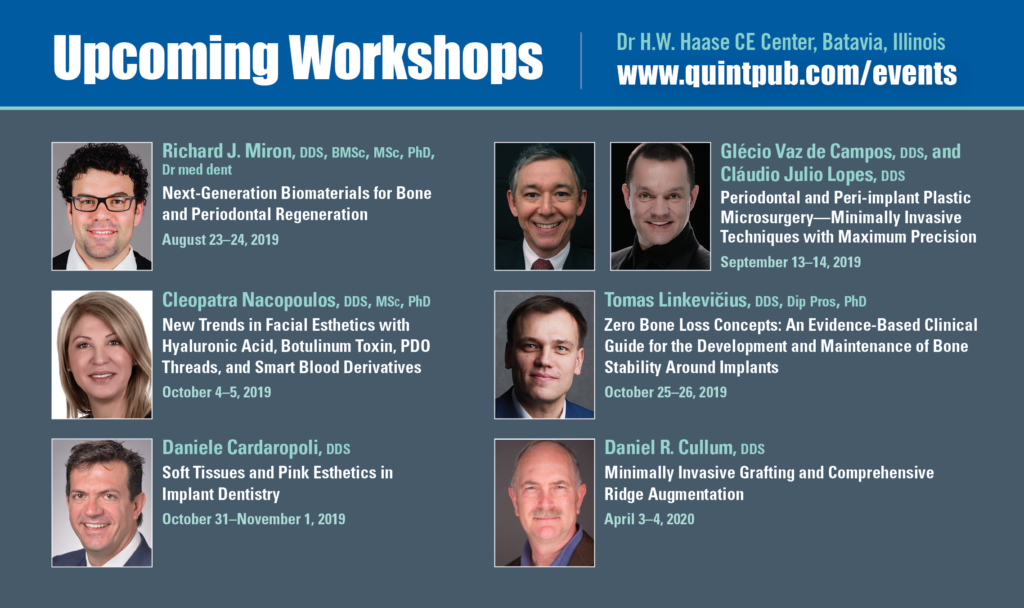
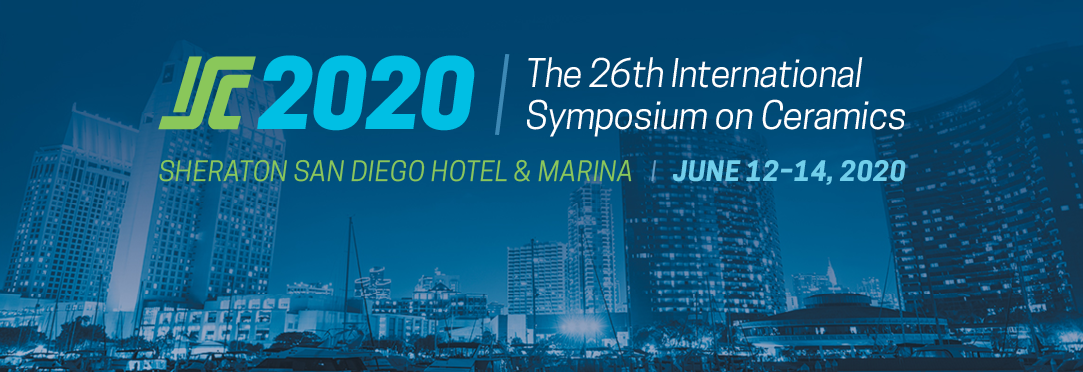
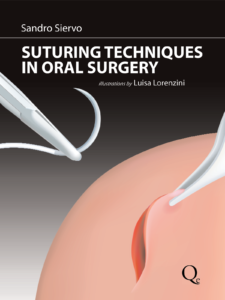
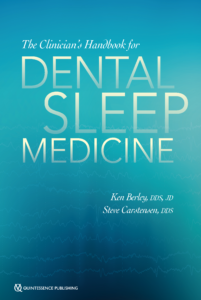
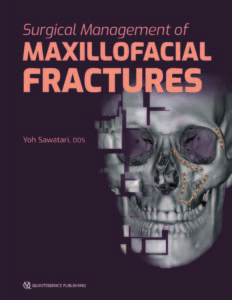
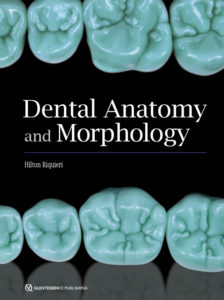
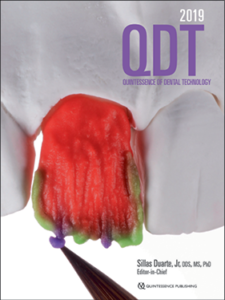
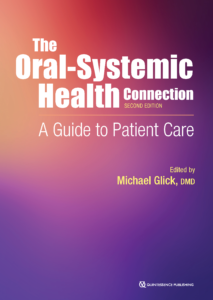
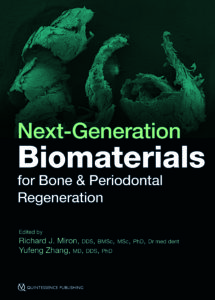




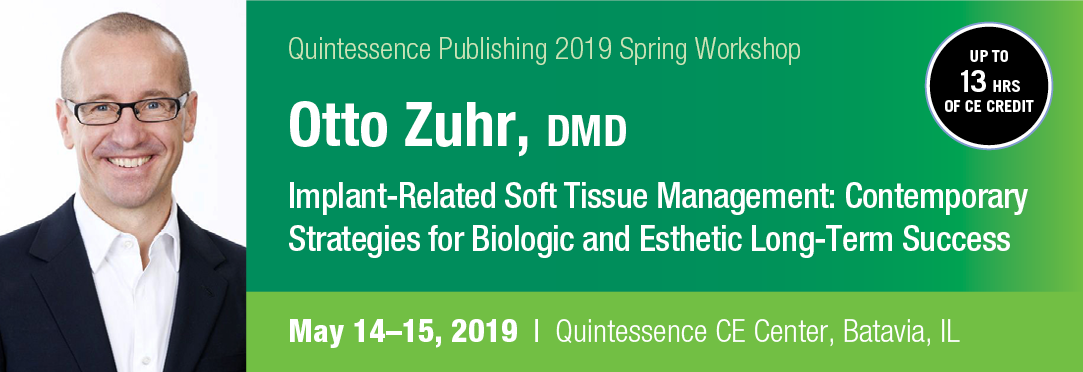
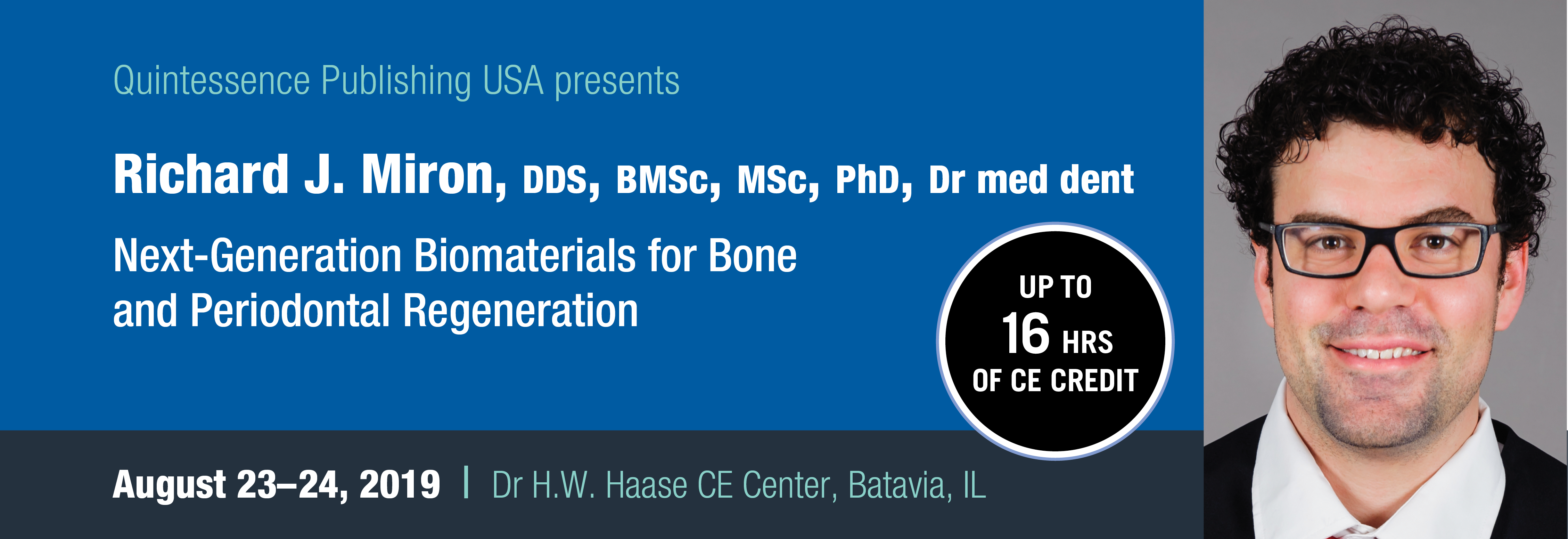
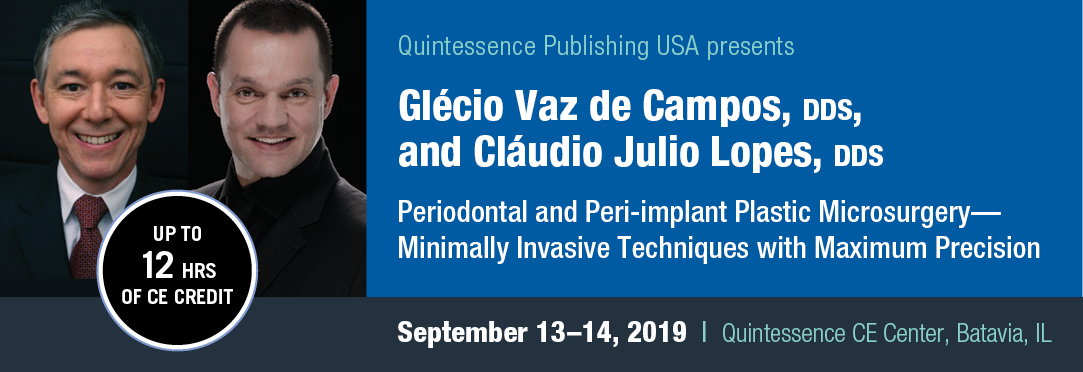
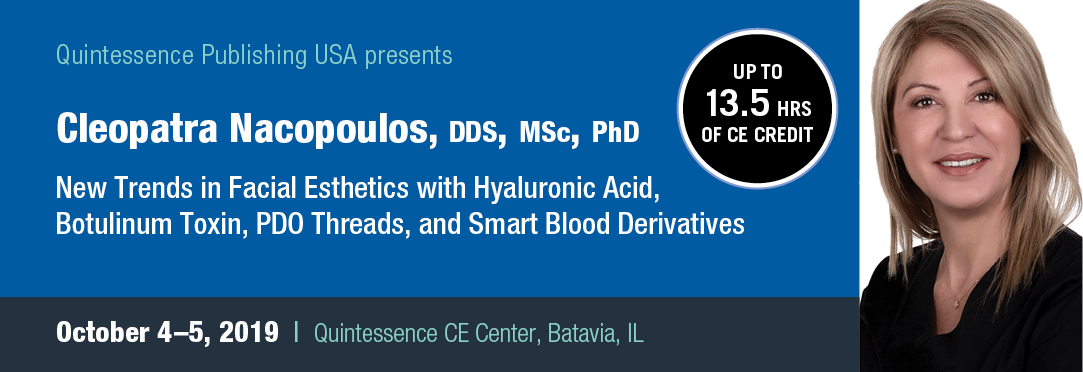
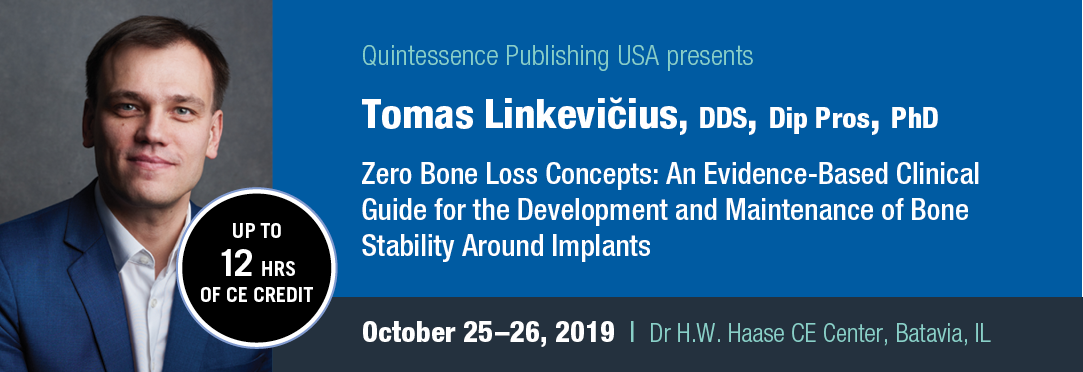
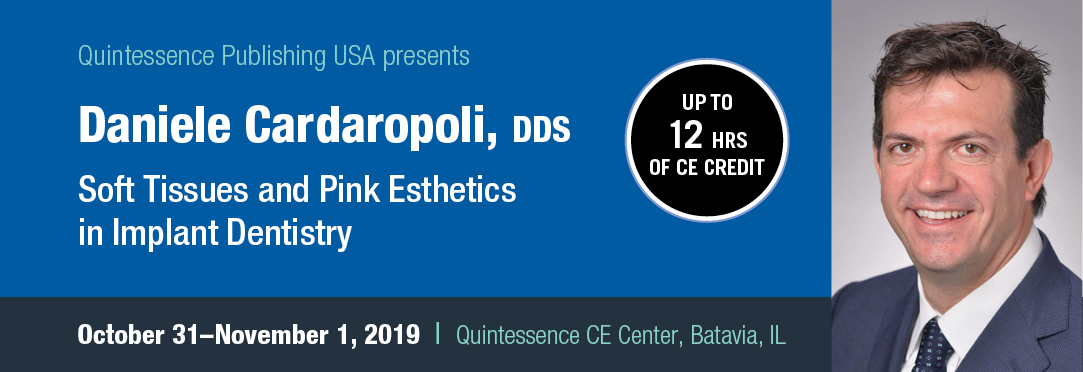






 Dr Miguel A. Ortiz began working in the dental industry as a dental technician in 2002. During the next 8 years, he worked full time as a dental technician while he completed his Bachelor of Science with honors from California State University. Dr Ortiz was recruited to Harvard School of Dental Medicine, where he earned his DMD and won the Leo Talkoy Award for excellence in clinical dentistry. He then completed postgraduate training in prosthodontics at the University of Illinois at Chicago.
Dr Miguel A. Ortiz began working in the dental industry as a dental technician in 2002. During the next 8 years, he worked full time as a dental technician while he completed his Bachelor of Science with honors from California State University. Dr Ortiz was recruited to Harvard School of Dental Medicine, where he earned his DMD and won the Leo Talkoy Award for excellence in clinical dentistry. He then completed postgraduate training in prosthodontics at the University of Illinois at Chicago.